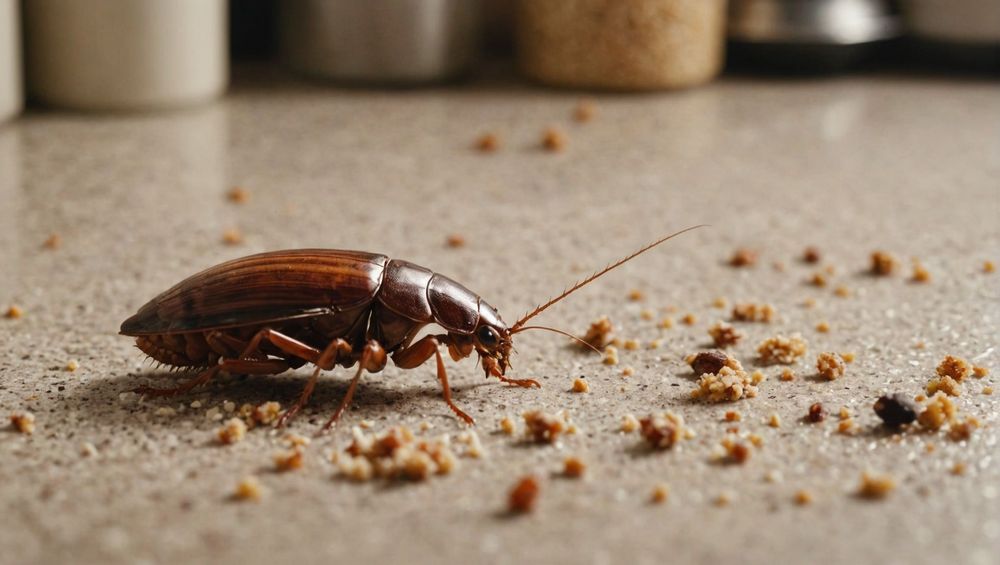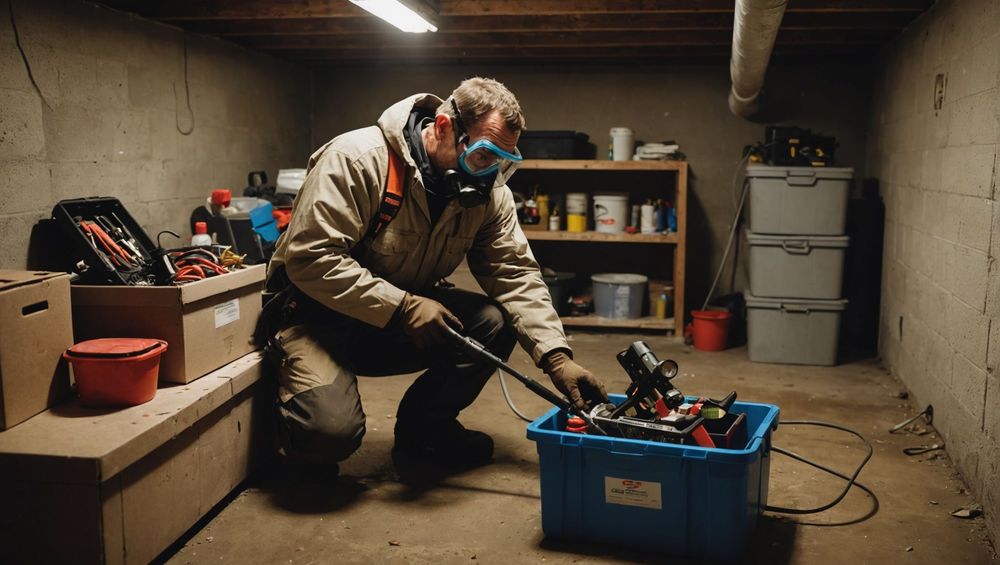Understanding cockroach behavior is crucial for effective pest control. These resilient insects thrive in various environments, adapting their behavior to find food, water, and shelter. By grasping their habits, you can implement better strategies for prevention and extermination. This article explores the behavior of cockroaches, their preferred habitats, what attracts them, and how to effectively manage and control their populations.
Cockroach Habitat and Preference

Cockroaches are incredibly adaptable creatures, often finding refuge in human dwellings. They prefer warm, dark, and humid environments that mimic their natural habitats. Key places to find cockroaches include:
- Kitchen areas, particularly under sinks and behind appliances.
- Bathrooms, especially around plumbing fixtures.
- Basements and garages, which provide secluded environments.
- Cracks and crevices in walls and furniture.
- Overflowed trash bins or spills left uncleaned.
This preference for hiding places makes it essential to regularly check and maintain these areas to prevent infestations. The more you understand their chosen habitats, the better equipped you’ll be for effective management.
Feeding Habits of Cockroaches

Cockroaches are omnivorous scavengers, thriving on various food sources. They have a broad diet, allowing them to survive in diverse environments. Their feeding habits include:
- Consuming food remnants left in kitchens and dining areas.
- Feeding on pet food left unattended.
- Consuming paper products, soap, and even dead insects.
- Feeding on the mold found on decaying materials.
- Exploring pantry items, including grains and sugary substances.
This diverse diet emphasizes the importance of maintaining cleanliness in households. Regularly cleaning surfaces and storing food in sealed containers can significantly reduce the likelihood of attracting cockroaches.
Reproductive Habits and Life Cycle
Cockroaches reproduce swiftly, making it crucial to understand their life cycle to implement effective control measures. The typical life cycle involves three stages: egg, nymph, and adult. Key points to note are:
- Female cockroaches produce egg cases (oothecae) that can contain up to 50 eggs each.
- Egg cases are often found in hidden areas, making them hard to detect.
- Once hatched, nymphs undergo multiple molts before reaching adulthood.
- Cockroaches can live for several months, with females living up to a year.
- Early intervention is key in preventing a small problem from becoming a larger infestation.
Being proactive in monitoring for and removing egg cases can significantly lower future population growth, making it an essential aspect of effective cockroach control.
Behavioral Patterns and Activity Times
Cockroaches are nocturnal, meaning they are most active at night when the light is low. Their behavior patterns dictate when and how to effectively manage them, including:
- Setting traps and baits during the evening to maximize effectiveness.
- Observing signs of their presence (like droppings) early in the day.
- Limiting food and water availability at night by securely storing food containers.
- Reducing clutter and hiding spots during the day to prevent nesting.
- Utilizing integrated pest management approaches that consider their behavioral habits.
By aligning your control strategies with their natural behaviors, you can more effectively reduce populations in your living spaces.
Effective Strategies for Cockroach Control
Understanding cockroach behavior allows for the development of effective control strategies. Here are some essential methods:
- Maintain cleanliness: Regularly clean kitchen surfaces, bathtubs, and basements.
- Seal entry points: Use caulk or appropriate sealants to close gaps around doors, windows, and pipes.
- Use bait traps: Place food-based bait traps in high-traffic areas.
- Employ professional pest control: If the infestation is severe, consider hiring experts who can utilize targeted methods.
- Regular monitoring: Keep an eye on potential signs of resurgence after treatments.
Implementing these strategies can create a hostile environment for cockroaches, thus reducing their chances of survival and reproduction.
Conclusion
Understanding cockroach behavior is a cornerstone for effective pest control. By recognizing their preferences, feeding habits, and reproductive cycles, you can devise effective strategies to manage these pests. Consistent monitoring and cleanliness are critical in discouraging infestations. Remember, if the problem persists, consulting professional pest control services may be necessary for a long-term solution.
FAQ
1. What attracts cockroaches to my home?
Cockroaches are attracted to food sources, warmth, and water. Leaving food out, poor sanitation, and water leaks make your home appealing to them.
2. How can I tell if I have a cockroach infestation?
Signs of an infestation include droppings, egg cases, a musty odor, and sightings of cockroaches themselves, primarily at night.
3. Is it safe to use DIY pest control methods?
Many DIY methods can be safe and effective, but caution is necessary. Always read product labels and consider the safety of pets and children.
4. How long do cockroaches live?
Cockroaches can live for several months, with adults, particularly females, sometimes surviving up to a year depending on the species and conditions.
5. When should I call a pest control professional?
If you notice repeated signs of a cockroach infestation, despite your best efforts, it may be time to seek professional intervention for effective eradication.
